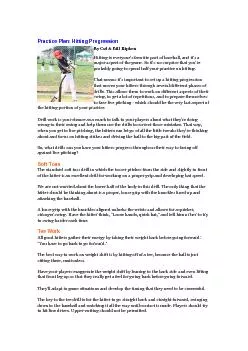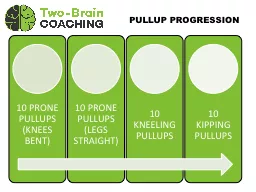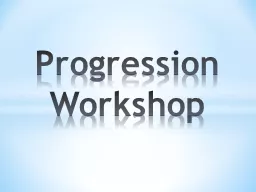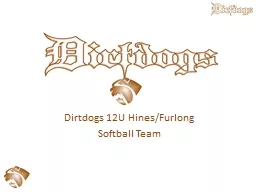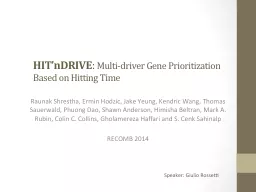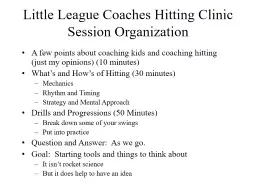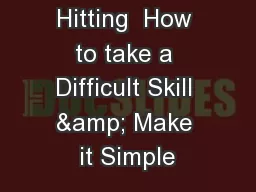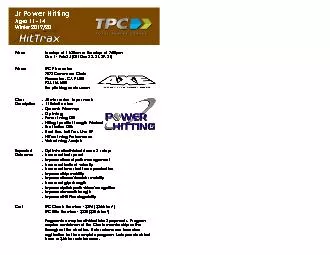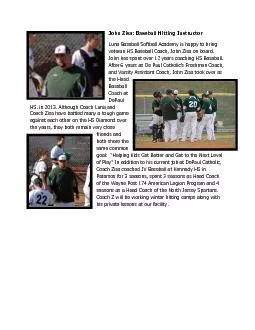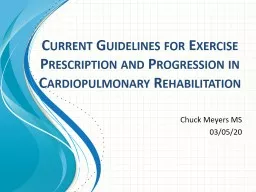PDF-Practice Plan: Hitting Progression
Author : yoshiko-marsland | Published Date : 2017-01-05
By Cal Bill Ripken Hitting is everyones favorite part of baseball and its a major aspect of the game So its no surprise that yo ure probably going to spend half
Presentation Embed Code
Download Presentation
Download Presentation The PPT/PDF document "Practice Plan: Hitting Progression" is the property of its rightful owner. Permission is granted to download and print the materials on this website for personal, non-commercial use only, and to display it on your personal computer provided you do not modify the materials and that you retain all copyright notices contained in the materials. By downloading content from our website, you accept the terms of this agreement.
Practice Plan: Hitting Progression: Transcript
Download Rules Of Document
"Practice Plan: Hitting Progression"The content belongs to its owner. You may download and print it for personal use, without modification, and keep all copyright notices. By downloading, you agree to these terms.
Related Documents

